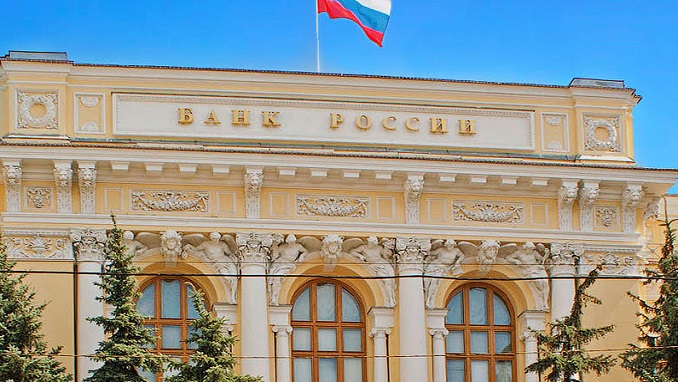At its last meeting this year, the Bank of Russia decided to once again retain the key rate at 4.25% per annum, indicating a more significant and lasting impact of one-off pro-inflationary factors and an increase in inflationary expectations, according to the regulator’s press release, TASS reported.
“On December 18, 2020, the Bank of Russia Board of Directors decided to keep the key rate at 4.25% per annum. Inflation is developing above the Bank of Russia’s forecast and is expected to lie within the range of 4.6-4.9% at the end of 2020. One-off proinflationary factors are exerting more significant and prolonged upward influence on prices amid the growth in households’ and businesses’ inflation expectations and supply-side restrictions. The worsening epidemic situation in Russia and worldwide is constraining economic activity significantly less than in 2020 Q2,” the regulator said.
The Bank of Russia has downgraded its inflation outlook for 2020 from 3.9-4.2% to 4.6-4.9%. “Inflation is developing above the Bank of Russia’s forecast and is expected to lie within the range of 4.6-4.9% at the end of 2020. This is largely related to the effect of one-off proinflationary factors in certain markets and the continuing pass-through of the ruble’s earlier weakening to prices. However, these factors may exert more prolonged upward influence on prices amid the growth in households’ and businesses ’inflation expectations and supply-side restrictions,” the regulator said.
In November, annual inflation rose to 4.4% (against 4% in October), according to the press release. According to an estimate as of 14 December, it was 4.7%. “According to Bank of Russia estimates, current consumer inflation indicators reflecting the most sustainable price movements also grew in November and were close to 4% (annualized),” the Central Bank noted.
The Bank of Russia noted a pause in the recovery of the Russian economy in the fourth quarter, but at the same time notes that the impact of the pandemic on the economy was significantly less than in the Q2. Taking this into account, Russia’s GDP decline may reach around 4%, the regulator said.
“High-frequency indicators of economic activity point to a pause in the economic recovery in 2020 Q4. However, the worsening epidemic situation in Russia and worldwide is constraining economic activity significantly less than in 2020 Q2. This is related to the targeted nature of restrictive measures and the adaptation of households and businesses to the new conditions. In view of the above and given higher than expected Q3 data, the 2020 GDP decline may reach around 4%,” the regulator added.
At the same time, the regulator expects Russia’s economy to resume growth in the spring of 2021 as the coronavirus situation returns to normal.
“In spring 2021, the Russian economy is expected to resume its sustainable growth as the coronavirus situation returns to normal. The medium-term economic growth path will be largely influenced by further coronavirus pandemic developments in Russia and across the globe, the nature of the recovery of private demand in the context of potential change in consumer and business behavior, as well as by the upcoming budget consolidation,” the Bank of Russia said.
Accommodative monetary policy will continue to support the economy throughout the next year, the regulator added.












